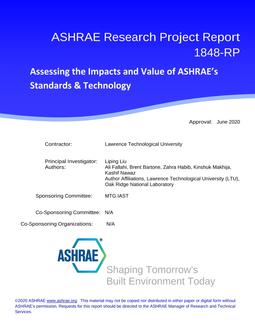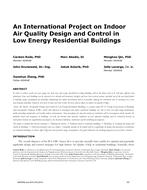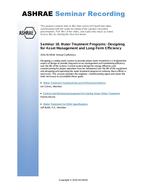ANTARCTICA – the coldest, windiest, driest and most remote continent on earth – provides a unique environment for studies in meteorology, glaciology, seismology, radio astronomy, and geospace science. The British Antarctic Survey (BAS) operates two research stations on the Continent. Halley is the most southerly of these at 75º35’S 26º39’W and is located 10,000 miles from the United Kingdom on the 150- metre thick floating Brunt Ice Shelf, which creeps 400 meters per annum towards the sea.
Studies at Halley are crucial for a global perspective on ozone depletion, atmospheric pollution, sea level rise and climate change. A springtime depletion in stratospheric ozone was discovered by BAS at Halley in 1985, and this led to the international response to curtail production of CFCs. Lying within the spectacular auroral zone, the station is ideally situated for geospace research.
Snow accumulation means that snow levels rise by over 1 meter every year. The sun does not rise above the horizon for 105 days during the austral winter and does not set for a similar period in the summer. Temperatures drop to -56ºC and the site can be buffeted by winds in excess of 100 mph. Access by ship and plane is limited to a 3-month window from December to February. All materials and components required to sustain the existing base or construct a new base have to be dragged from a ship across fragile sea ice. Whilst the current base continues to operate effectively, a significant calving event on the ice shelf is predicted within the next decade, which would see Halley V floating out to sea. As a result, in 2004, the BAS teamed up with the Royal Institute of British Architects to launch a three-stage international competition for the design of a new and fully relocatable base to be built 10 miles further inshore. The new base would provide a home and workplace for 16 people in the winter and 52 in the summer. The competition attracted 86 entries from around the world. In July 2005 the British team of AECOM and Hugh Broughton Architects were selected as winners. This paper describes the design of the new base.
Citation: Cold Climate Conference, 2012
Product Details
- Published:
- 2012
- Number of Pages:
- 12
- File Size:
- 1 file , 4.8 MB
- Product Code(s):
- D-CCC12-57


